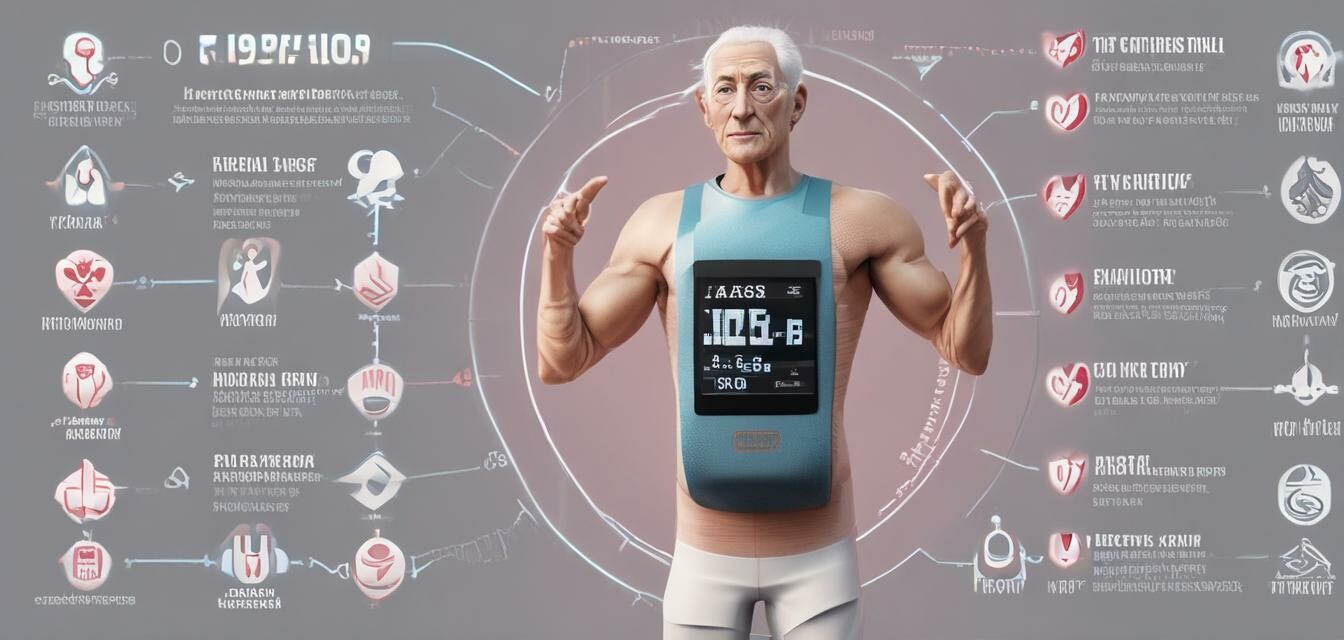
Recognizing Signs of Overexertion in Seniors During Workouts
Key Takeaways
- Overexertion can lead to injuries and fatigue; recognizing the signs is crucial.
- Adjustments in strength training routines can help prevent overexertion.
- Common signs include increased heart rate, dizziness, and excessive fatigue.
- Monitoring hydration and taking regular breaks are vital for safety.
- Consulting a professional if unsure about individual workout limits is advisable.
Strength training is a fantastic way for seniors to maintain their health and well-being, but it’s important to recognize when enough is enough. Overexertion can lead to serious health risks, so understanding the signs is vital for safe exercise. This article will delve into the indicators of overexertion in seniors during workouts and provide guidance on how to adjust routines accordingly.
What is Overexertion?
Overexertion occurs when the body is pushed beyond its physical limits. This can happen when seniors engage in workouts that are too intense, last too long, or require excessive effort beyond their capabilities. The results can be injuries, strains, or severe fatigue.
Signs of Overexertion in Seniors
| Sign | Description |
|---|---|
| Increased heart rate | A heart rate that remains elevated after exercise may indicate overexertion. |
| Dizziness or lightheadedness | Feeling dizzy can be a sign that the body is not getting enough oxygen. |
| Excessive fatigue | Feeling unusually tired throughout the day may indicate overexertion. |
| Shortness of breath | Difficulty catching your breath post-exercise can signal that you’ve pushed too hard. |
| Mental confusion | Struggling to concentrate or confusion could be signs of overexertion. |
| Muscle soreness | Soreness that lasts longer than expected may indicate too much strain. |
Adjusting Strength Training Routines
It is essential to make necessary adjustments to exercise routines to prevent overexertion. Below are several strategies:
- Start Slow: Gradually increase the intensity of workouts rather than jumping into strenuous activities.
- Set Realistic Goals: Aim for achievable targets based on individual fitness levels.
- Use Proper Equipment: Ensure all strength training equipment is suitable for personal needs to avoid strain.
- Rest Periods: Include adequate rest breaks in training sessions to allow for recuperation.
- Stay Hydrated: Drink plenty of water before, during, and after workouts. Regular hydration helps reduce fatigue.
Common Mistakes to Avoid
Understanding common pitfalls can help seniors avoid overexertion:
- Ignoring body signals: Always listen to what your body is telling you.
- Skipping warm-ups: Proper warm-up routines prepare the body for exercise and reduce the risk of injury.
- Forgetting cool-downs: Gradually reducing activity helps the body transition back to a resting state.
- Overconfidence: Avoid thinking that just because you can perform a certain activity, it's safe to do so every time.
- Isolating oneself: Exercising with a partner or in a group can help monitor each other's conditions.
Importance of Professional Guidance
For seniors unsure of their fitness levels or those with existing health conditions, consulting with a fitness professional is highly recommended. A qualified trainer can help design a customized workout plan that considers individual needs and limitations, ensuring safety during strength training.
Conclusion
Recognizing signs of overexertion is crucial for safe and effective strength training in seniors. By being aware of these signals, making necessary adjustments to routines, and seeking professional advice, older adults can enjoy the benefits of strength training while minimizing risks. Always prioritize safety and take the time to listen to your body.
Pros
- Improves overall health and mobility.
- Boosts confidence in physical abilities.
- Enhances quality of life through increased independence.
Cons
- Risk of injury if not properly monitored.
- Potential for discouragement due to physical limitations.
For more information on ensuring safe exercises for seniors, check out our article on Safety Tips and explore our various Exercise Equipment options designed for seniors.